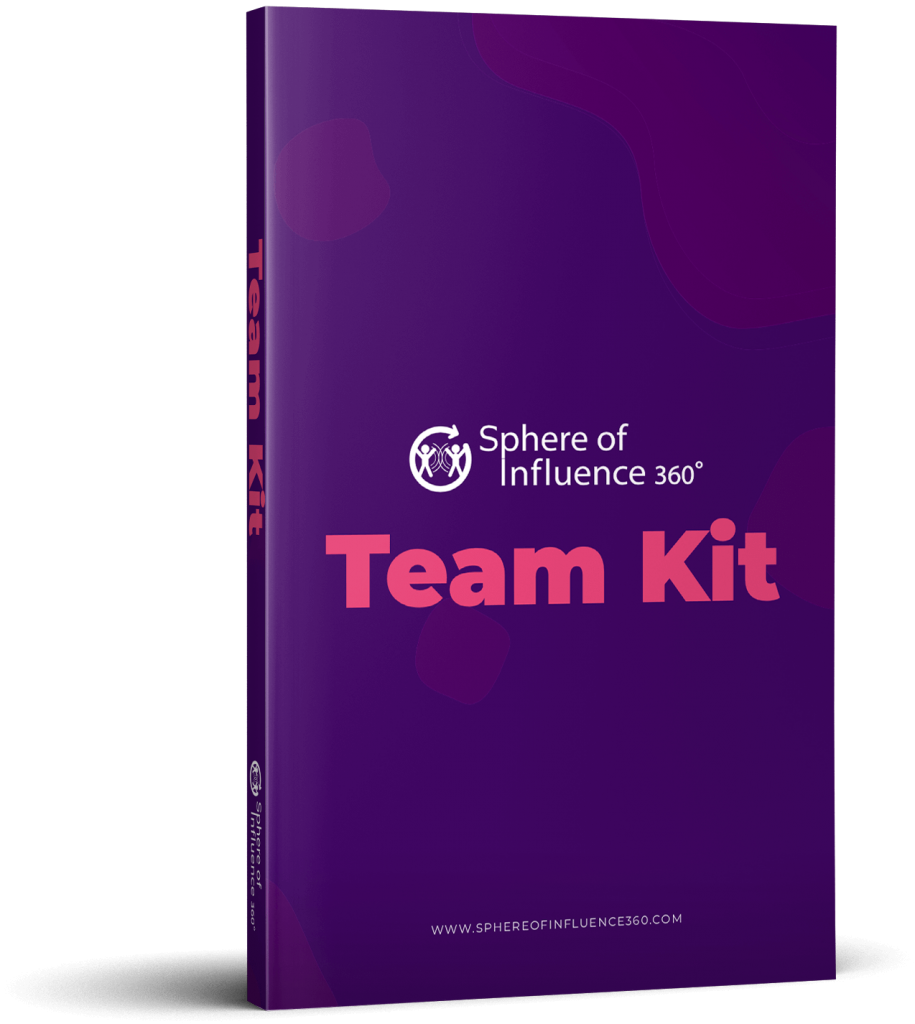We blozen allemaal. Bij de gelukkigen onder ons valt dit niet op. Bij anderen kan die extra kleur in het gezicht hen echter over bewust of onzeker maken. En dat, terwijl dit het laatste is wat ze nodig hebben.
Waarom gebeurt het en wat kan je eraan doen?
Blushing is the body’s way of responding to unwanted attention, but it can also occur whenever social situations are causing us stress. Maybe you’ve felt your face warm up in a meeting when everyone turns to hear you speak. Or perhaps you’ve watched someone fall, and found yourself turning red as you feel their embarrassment?
If you can relate to these situations, you’ll know that blushing only gets worse once you’re aware of it. Whether you feel your face redden or someone points it out to you, knowing that you’re doing it often exacerbates your awkwardness or embarrassment, leading to a vicious circle of redness and more stress.
Deze blog is bedoeld voor iedereen die bloost of zich ongemakkelijk voelt in bepaalde sociale situaties. Ik leg uit waarom deze onwillekeurige reactie niet zo slecht is en hoe je de vicieuze ‘blooscyclus’ kunt doorbreken. Ook geef ik tips hoe je het hoofd koel kunt houden op die momenten dat je stress ervaart.
Why We Blush: Advantages
If you have the tendency to turn bright red when you feel uncomfortable, it might not seem like a very useful response. But according to studies, blushing does have one very important benefit–it can make you seem more trustworthy.
How does that work?
Imagine someone points out a mistake that you’ve made, for example. Because it’s an impossible response to fake, turning red is perhaps the most honest acknowledgment that you feel shame or regret for your wrongdoing. Science shows that this encourages others to trust you and judge you more positively, helping you (involuntarily!) to save face.
A 2011 study investigated this phenomenon by pitting two participants against one another in a computerized “prisoner’s dilemma” game where both were accused of a crime:
- When participant A defected (or ‘ratted out’) participant B, they (A) would walk free (while B received a long sentence)
- When both participants stayed quiet, they’d each get a year-long prison sentence
- When both participants ratted out each other, they’d both get a two-year prison sentence.
After Participant A defected, a picture of them either blushing or not blushing was shown to their opponent, Participant B. Participant B was more likely to trust their opponent if they were blushing, showing that the response had a remedial effect on their perceived trustworthiness in social contexts. Not only were they likely to trust them again in the next round of the game, but they also lent their blushing opponents more money on a subsequent “Trust Task!”
So going red isn’t all bad, but it can still feel pretty unpleasant. Fortunately, there are ways to cool a flushed face when you feel yourself warming up, and this is why I created the Blushing Stress Coaching Card and exercises.
3 Tips to Stop Blushing
Try out these three tips for some ways to break the vicious cycle and regain your composure when you feel embarrassed, stressed, or self-conscious. With practice, you can learn to handle awkward situations much more easily, and stop getting even more flustered in the moment.
1. Try Self-Compassion
What’s the first thing you think when you realize you’re blushing?
Chances are, it’s something like “Oh no, I look like an idiot!” or “This is so humiliating!”
Acceptance and positive self-talk are key when it comes to blushing. If you can become aware of your default thoughts, you can train them to be more self-compassionate and stop adding fuel to your (facial) fire. The next time you catch yourself being harsh on yourself for a reaction that you can’t control, try changing your thoughts. Why not remind yourself of the science–that people who blush are trustworthy–or that you’re simply having a natural, transient reaction?
It’s not your fault!
2. Name It
Building on the last point, remember that going red is both natural and temporary. So why hide it?
Acknowledge that you are blushing–give it a small amount of attention–and you’ll likely realize that it’s not as terrible as it seems in your head. With a one-sentence explanation like “Oh, I get red sometimes, it passes,” you can then shift your conversation partner’s attention elsewhere, such as by asking a question or moving on with your meeting.
If you’re in a presentation or you can’t deflect attention with a question, try shifting the focus of your audience. Direct their eyes to your slides, or integrate some group discussion time so that you don’t have to be continually in the spotlight.
3. Stay Cool!
When you are mentally cool, your face will cool down too. With a little self-hypnosis, you can practice relaxing your body and mind, and calm yourself automatically when you feel the redness arise in social situations.
Choose a moment when you’re naturally calm and comfortable, then:
- Picture yourself in stressful situations where you tend to blush, e.g. during a presentation or when you’re giving a speech.
- Imagine that you’re collected, at ease, and relaxed in this scenario, breathing deeply and performing at your best.
- If it helps, incorporate helpful imagery such as a cool breeze sweeping across your face and cooling your cheeks.
These visualizations can send powerful signals to your unconscious mind and body when you’re next in a stressful scenario. The more often you practice, the more ingrained they will become, and the more automatically you will be able to keep cool under pressure. You can even take a short pause to visualize your calming scenario when you’re in the situation itself!

